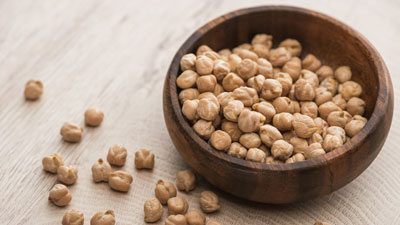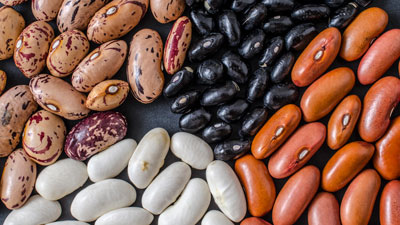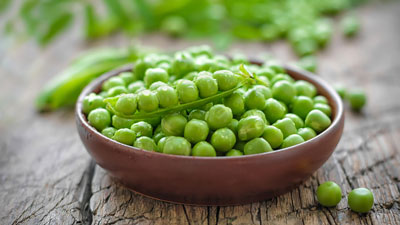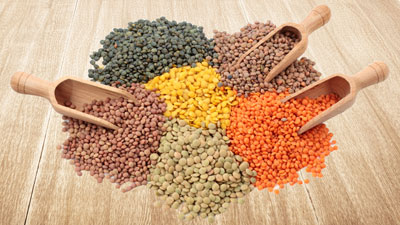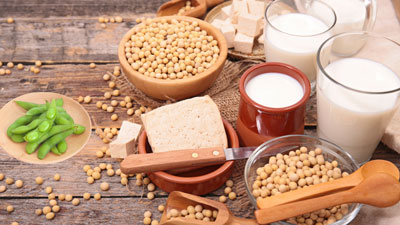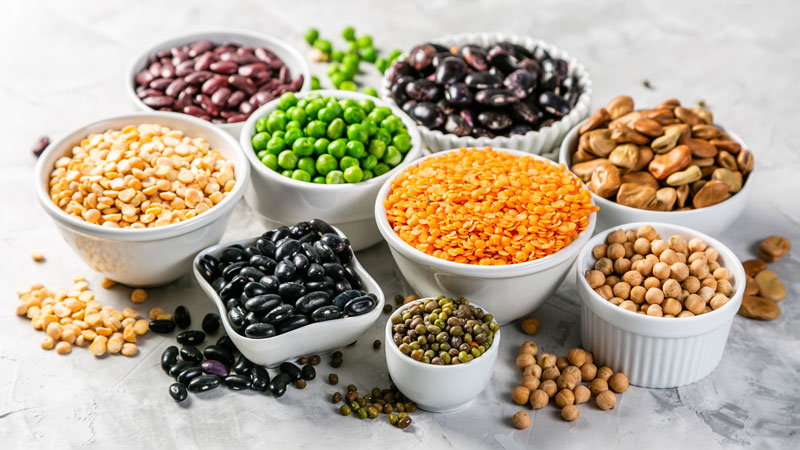
Legumes are a key component of the whole-food, plant-based diet, but even if you’re following an omnivore diet, studies show that eating them regularly could add years to your life. Since they are packed with fiber and antioxidants, they are often referred to as a “heart food.” But they are also great for our digestion, brain, bones, muscles, early development, immune system, and so much more!
Beans and other legumes are top sources of fiber, making them a great prebiotic for our microbiome. When our little guys eat them, they produce short-chain fatty acids with anti-inflammatory powers that benefit our entire body.
Legumes are also packed with phytonutrients that have anti-inflammatory, anti-oxidant, and anti-cancer powers. The most prevalent include isoflavons (soy beans), other flavonoids (black, kidney, pinto beans), and anthocyanins (black beans).
Plus, beans and legumes provide us with significant amounts of protein, omega 3, folate, iron, and most minerals and B vitamins. White beans are also a great source of calcium!
Explore Different Varieties
The best part is that there are so many legume varieties and so many ways to prepare them, that it’s impossible to get tired of them! You could have white-bean spread during breakfast, no-tuna salad made out of chickpeas for lunch, and black bean paddies for dinner one day. The next day you could make a tofu scramble for breakfast, a lentil salad for lunch, and quesadillas made with pinto beans and sweet potatoes for dinner. Not a fan of one variety of legumes? There are tons more to try!
What if your gut can’t handle legumes so well? Bloating and gas are likely caused by your gut bacteria not being used to legumes yet. You may have to grow more of the right bacteria, the probiotics that will take the place of the not so great bacteria that love to munch on processed foods or animal-based foods. Simply start with small amounts of legumes and build up from there. Also, make sure you’re pre-soaking and/or cooking your legumes long enough to remove most lectins before eating them, especially when it comes to kidney beans.
Click on the pages below to learn more about specific legumes. Subscribe to our newsletter and be the first to know about our latest content additions!
Legumes Nutrition Interactive Pages
Visit our first legumes interactive pages and learn about their nutritional values, how they can support our health, and tips to prepare them and make delicious meals!
Related Articles

